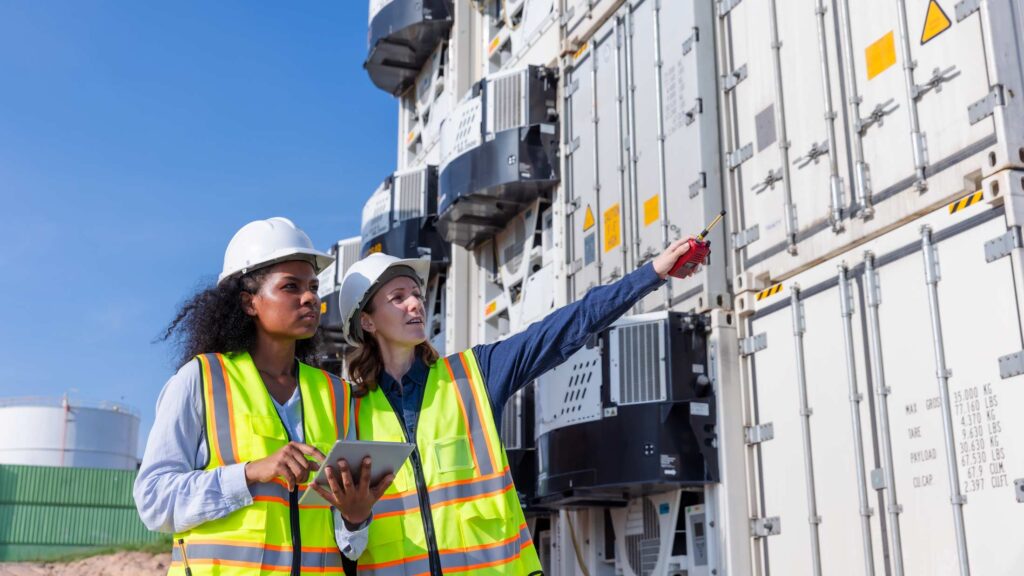Stay Clear: Establishing and Enforcing Safe Zones During Lifting Operations
One of the most underestimated — yet absolutely vital — elements of safe lifting operations is the clear definition and enforcement of exclusion or “safe zones”. These are designated areas around the load path and equipment where entry is restricted during lifting or rigging activities.
In this week’s ELEVATIP, we explore why safe zones are essential, how to establish them effectively, and how they dramatically reduce the risk of injury, property damage, and workflow disruption.
What Are Safe Zones?
Safe zones (also referred to as “exclusion zones” or “no-go areas”) are designated spaces around a lifting operation where personnel should not be present while a load is being hoisted, moved or positioned. The size and shape of these zones depend on:
The load’s size and shape
- The lift method (crane, hoist, forklift).
- Swing radius and boom length.
- Wind or environmental factors.
- Ground conditions and obstructions.
These zones are not “suggestions” — they are critical for protecting workers and must be clearly marked and enforced.
Why Are Safe Zones So Important?
How to Establish Effective Safe Zones
- Conduct a Risk Assessment Before Every Lift
Evaluate the equipment, load, and environment. Identify areas at risk of load contact, collapse or swing. - Define the Zone with Visual Boundaries
Use cones, warning tape, barriers or chalk lines. In high-risk zones, physical barriers are best. In dynamic environments, use rotating exclusion areas. - Assign a Banksman or Spotter
A trained spotter is crucial to monitor personnel and enforce boundaries, especially when lifting in busy or public areas. - Use Signage and Signals
Clear signage stating “Danger – Lifting Zone – Keep Clear” reinforces awareness. Hand signals should be understood by all crew members. - Brief the Team
Before the lift begins, hold a toolbox talk to explain the exclusion zone and the lift plan. Everyone should know where they can and cannot stand. - Maintain the Zone Throughout the Lift
Don’t drop your guard halfway through. Keep the zone clear from start to finish — especially during set-down.
Best Practices
- Expand the safe zone at least 50% beyond the expected load swing radius.
- When working overhead, ensure exclusion includes vertical clearance.
- For large or complex loads, use a colour-coded floor plan to communicate zones clearly.
- Rotate crew duties so one person is always watching the perimeter.
- Enforce a “stop work” rule if anyone enters the exclusion zone without authorisation.
Common Mistakes to Avoid
- Only marking zones on paper, without physical indicators.
- Relying solely on verbal instructions.
- Failing to adapt the zone to load shape or wind conditions.
- Allowing non-essential staff to remain inside the lifting area “just for a minute”.
Real-World Insight
At a logistics hub, a large HVAC unit was being hoisted. Although the team had designated a safe zone, one technician walked under the suspended load to “adjust a guide rope”. A moment later, the sling slipped — and the unit dropped, narrowly missing him. Afterward, the site implemented physical barriers and a dedicated exclusion zone manager.
This incident reinforced a basic truth: safe zones aren’t optional, they’re lifesaving.

